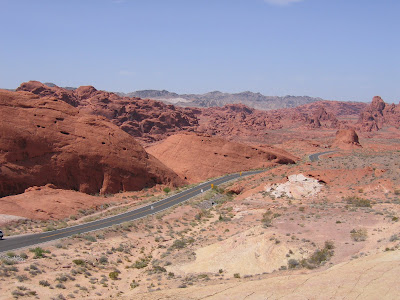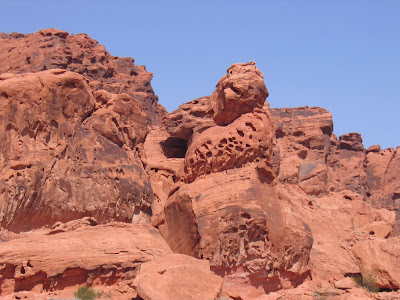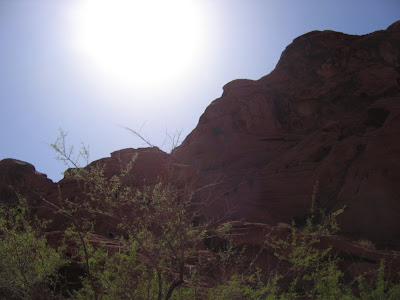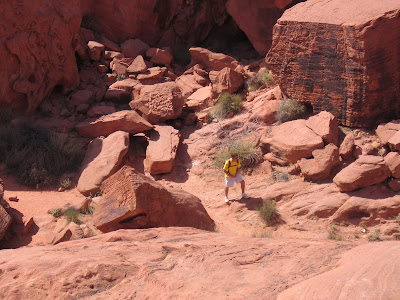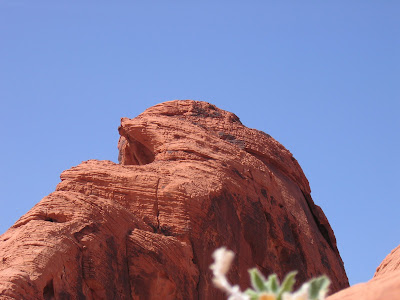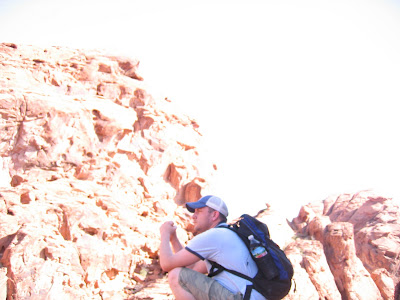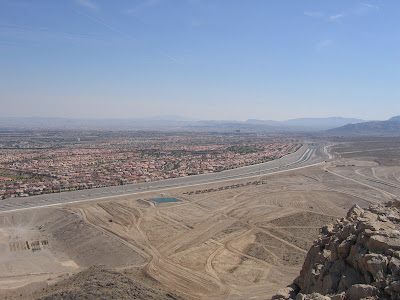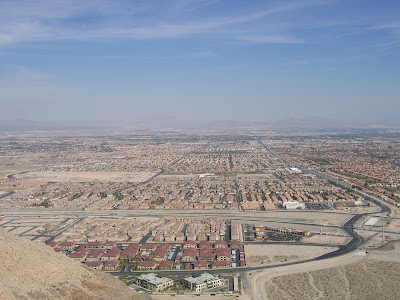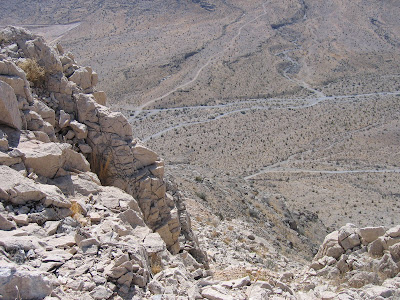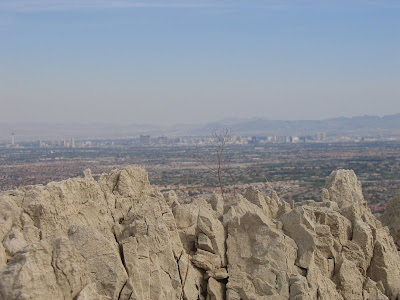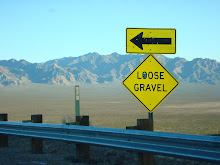In Nevada, there are more than 209,000 slot machines normally operating 24 hours a day, seven days a week.
The first neon sign appeared in Las Vegas in 1954 at the Boulder Club.
The bell is the oldest symbol still used on today's slot machines.
The average annual temperature in Las Vegas is 66 degrees.
It would take 288 years for one person to spend one night in every hotel room in Las Vegas.
Shrimp consumption in Las Vegas is more than 60,000 pounds a day. That's higher than the rest of the country combined and adds up to 22 million pounds per year.
The Stardust was the first hotel in Vegas to add a sports book to its casino.
Nickel slots on the Strip pay back anywhere from 86.9 percent to 92.8 percent of what they take in.
Las Vegas casinos never use dice with rounded corners.
It's estimated that every day Las Vegas casinos give away $3 million of freebies (more than $1 billion per year) just to get customers through their doors.
It's against the law to pawn your dentures in Las Vegas.
The Horseshoe was the first Las Vegas casino to install carpeting.
A vagrant once turned a $400 Social Security check into $1.6 million playing blackjack in a Las Vegas casino.
According to suppliers, purple is the favorite ink color in daubers used by Las Vegas Bingo players.
The beam of light atop the Luxor in Las Vegas is made up of 39 individual lamps. Each xenon lamp costs $1,200 and will last about 2,000 hours. The electric bill for the Luxor beam is $51 an hour.
Las Vegas has the highest number of unlisted phone numbers of any U.S. city.
The iconic, waving neon cowboy, located at Vegas' Pioneer Club downtown, is named Vegas Vic.
Frank Sinatra was the first Vegas headliner to earn $100,000 per week.
More than 110,000 marriage licenses are issued in Las Vegas each year.
Elvis and Priscilla Presley were married at the original Aladdin hotel.
The Silver Slipper was the first casino to hire female card dealers on the Las Vegas Strip (in 1971).
